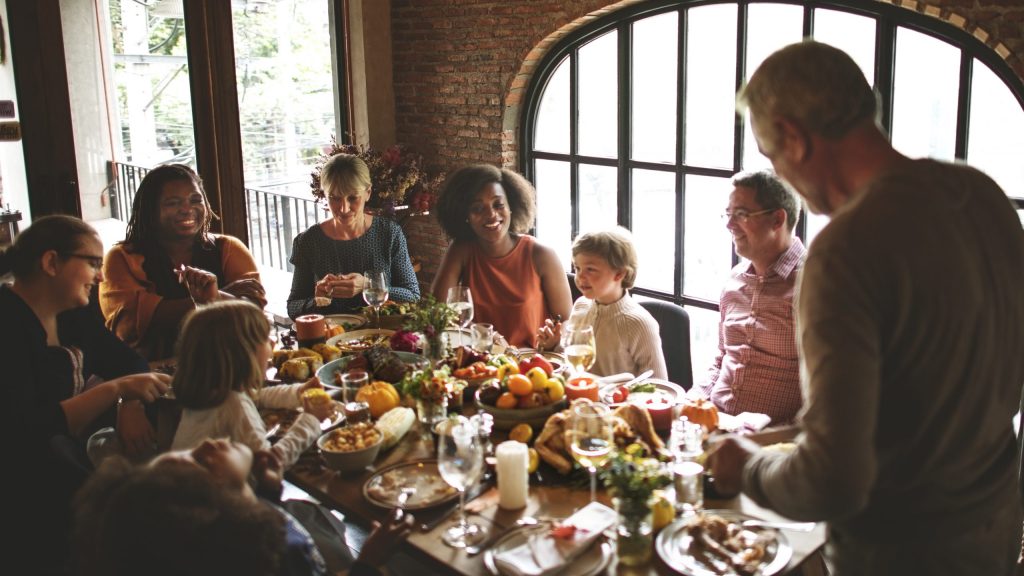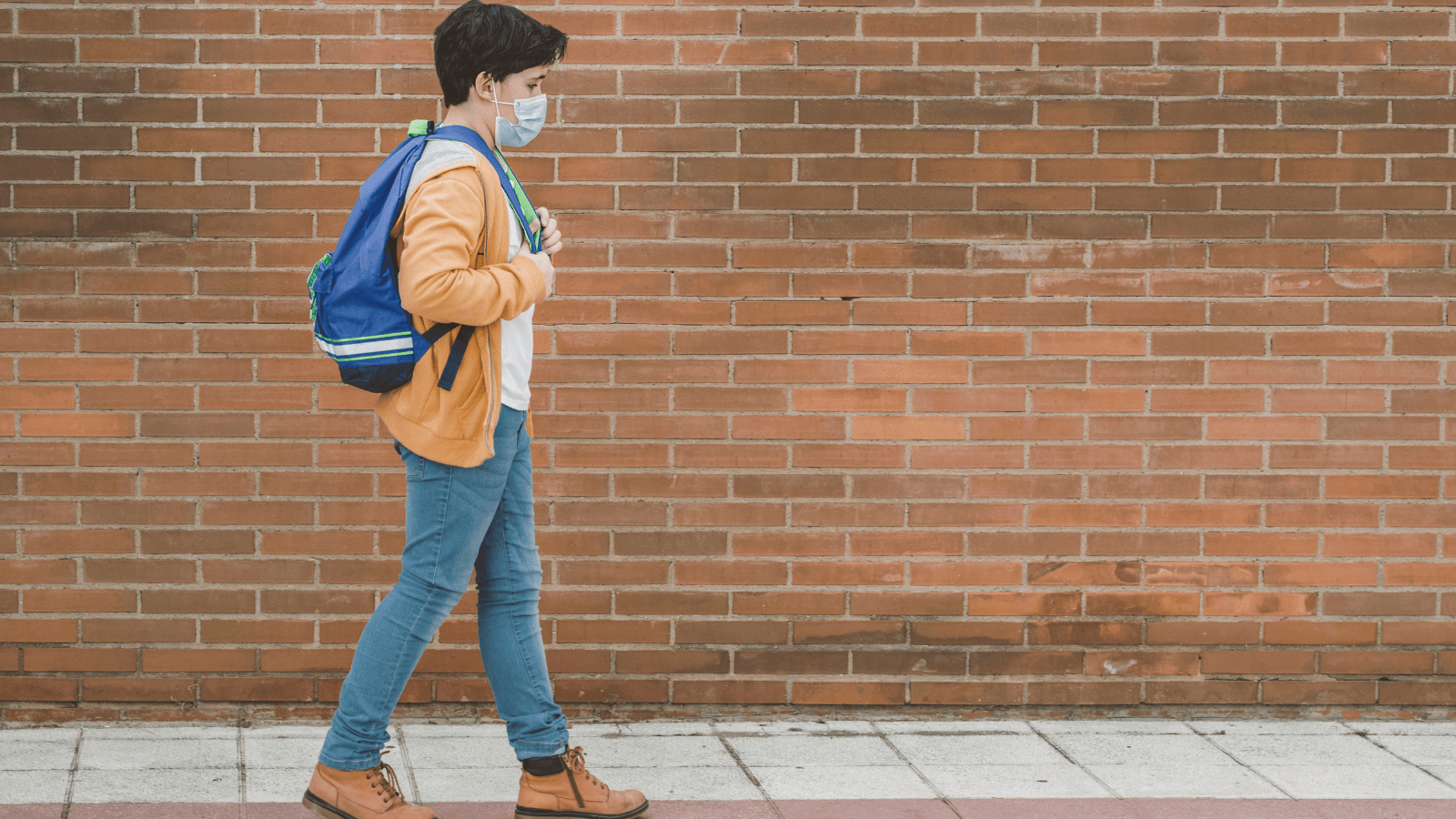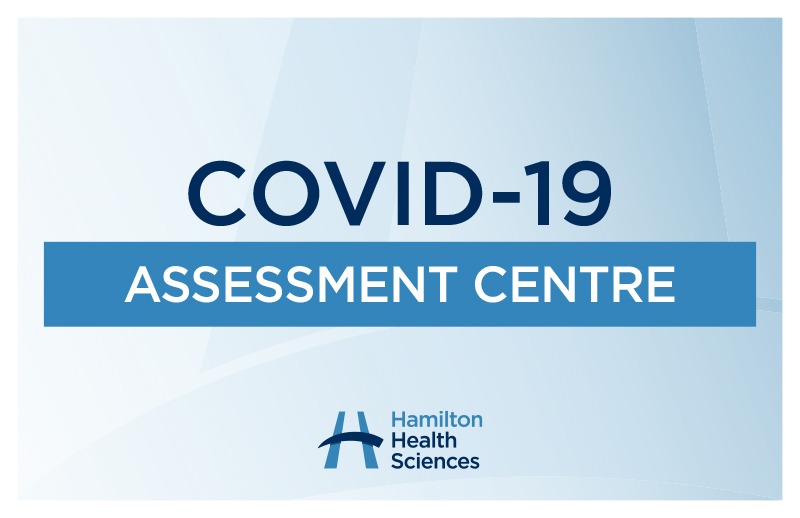
Is your holiday get-together safe? Measure your risk factors.
This story reflects the information available at the time of publishing. Guidelines may change. Please visit the City of Hamilton’s website for the latest information.
Fall is in the air and evident in the colours of the trees. Kids have been back to school for about a month and some workers have returned to office life. With more of us now congregating in indoor spaces, what does this mean for upcoming holidays while we’re still in the fourth wave of the COVID-19 pandemic?
Assessing your risk

Connie Gittens
“There is no black and white answer to that question,” says Connie Gittens, an infection control practitioner at Hamilton Health Sciences’ (HHS) McMaster University Medical Centre. “Nothing we do is perfectly safe or unsafe. What people need to decide before getting together indoors is, what is the risk of what they’re doing?”
Melanie Koshman, an infection control practitioner at HHS’ St. Peter’s Hospital, says that when getting together for an indoor event, understanding everyone’s individual risk is important. “For those who mostly stay at home, their potential exposure to COVID is lower,” she says. “However, for kids who attend school in person and are unvaccinated, their risk is a little higher.”
“There is no black and white answer.”
“If you have grandparents who are fully vaccinated and have mostly kept to themselves, they’re not much of a risk for transmitting COVID to their unvaccinated grandchildren,” says Gittens. “In fact, it’s likely to be the other way around,” meaning unvaccinated children could pass on the virus. “And if you’re mixing with people who’ve been socially active and are not vaccinated, the risk of contracting COVID is much higher. It’s a balancing act,” she says.
Unsure of the risk? Go virtual
Another thing to remember is that Ontario remains in Step 3 of the province’s reopening plan.
“We need to make decisions based on current provincial restrictions,” says Koshman. “We need to remember that there’s a limit of 25 people for indoor gatherings.”

Melanie Koshman
“Determining your risk assessment is the best thing you can do for you and your family.”
For families and groups who are unsure about the best course of action, both Gittens and Koshman agree that going virtual is the safest.
“I would say for higher-risk individuals, yes, the virtual get-together is a very good option,” says Gittens. “For the rest of us, measure the risk first and then decide what to do. When it comes to assessing risk, people should continue to abide by public health guidelines and decide what level of risk they’re willing to accept.”
Some risk factors to consider include:
- are all guests vaccinated?
- do any guests have health conditions of concern?
- are there high rates of COVID-19 spread in your community?
- will the event be indoors or outdoors?
Dispel the myths around the vaccine
If you’re concerned about family or friends who remain unvaccinated, try to understand what their hesitation is.
“When you’re fully vaccinated, you’re less likely to transmit the virus to other people,” says Koshman. “It’s important to continue to dispel the myths around the vaccine and provide evidence-based information.”
Evidence has shown that the COVID-19 vaccine is effective in preventing severe illness, hospitalization, and death. “If they’re concerned about safety – they can be provided with reassurance that the vaccination is the most effective way to protect themselves, their families, and their communities,” adds Gittens.
Don’t hesitate…vaccinate
As always, if someone is not feeling well, it’s best they avoid any gatherings, follow public health guidelines and stay home.
“Determining your risk assessment is the best thing you can do for you and your family,” says Gittens. “We can also avoid further lockdowns and other restrictions if our vaccination rates are high. That will help us to gather with friends and family without restrictions sooner rather than later.”
What is an infection control practitioner?
In the hospital, infection control practitioners:
- perform surveillance for infectious diseases
- identify and participate in outbreak management
- work with different units to make sure patients are taking appropriate additional precautions
- help various programs across the hospital to optimize infection prevention and control (IPAC) issues
- help units to follow infection prevention and control best practices



